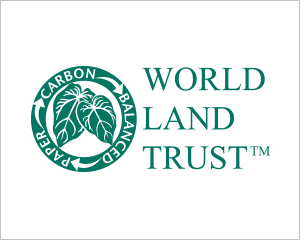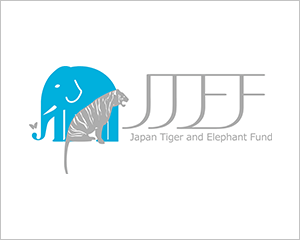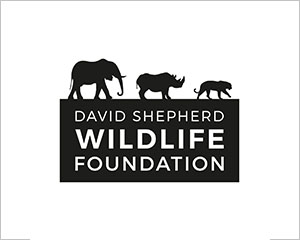MILESTONES
In it for the long haul
Over the past 25 years, we have been working constantly to serve and protect wildlife and nature. Along with the immense support from all our stakeholders, we have managed to create an impact and have achieved 24 key milestones that we are proud of.
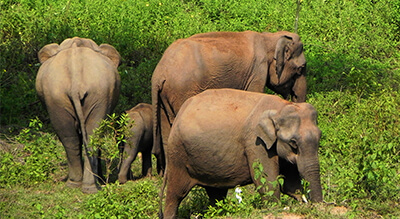
1
Pioneered elephant corridor securement action in India by mapping all corridors used by Asian elephants in India, publishing a green-print to secure them and demonstrated four field tested securement models.
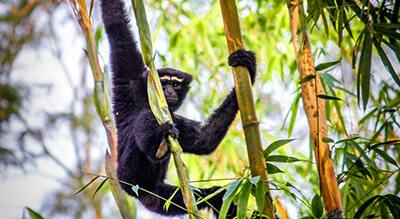
2
Conceptualized the phrase Garo Green Spine to indicate the biodiversity rich range of the Garo Hills and notified close to 5000 hectares of canopies, corridors and catchments in 31 Village Reserve Forests using a traditional community law based protected area network hitherto unused in India.
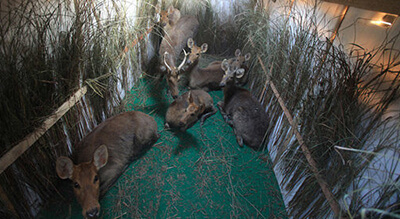
3
Pioneered systematic wildlife rehabilitation using IUCN protocols as a tool to aid conservation in India, in partnership with IFAW, through two specialised centres, mobile veterinary service units and a national Emergency Relief Network.
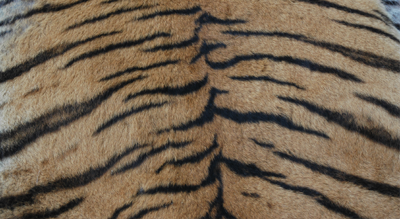
4
Raised consciousness of judiciary, enforcement agencies and public to the word `wildlife crime’ in India and started a whole new arena of the fight against wildlife crime.
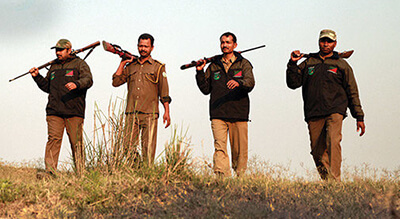
5
Pioneered anti-poaching and anti-smuggling training for frontline field staff and initiated civil society ex-gratia assurance against death or injury on duty for all forest staff across the country.
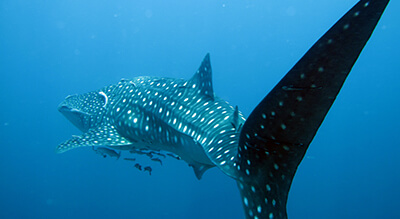
6
Successfully campaigned for the whale shark to be made the first fish to be protected under Wildlife (Protection) Act, 1972, in India and ensured its protection by a massive on-ground project in coastal India.
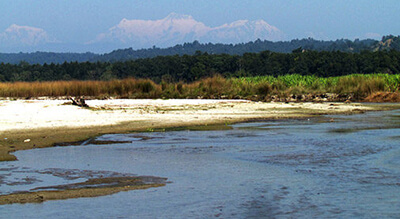
7
Laid the ground work for recovery of once dysfunctional Valmiki Tiger Reserve, Bihar resulting in enhanced management effectiveness and an improved status of wildlife.
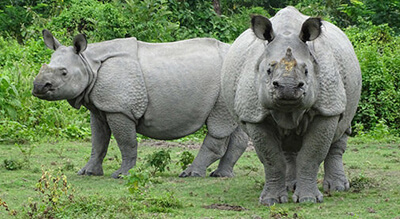
8
Assisted in restoring Greater Manas National Park by restocking endangered species and tripling its size resulting in the MNP being removed from the UNESCO’s list of World Heritage Sites in danger.
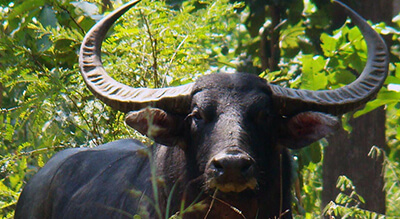
9
Species recovery project saves the endangered Central India wild buffalo — progenitor of the world’s domestic buffalo stock.
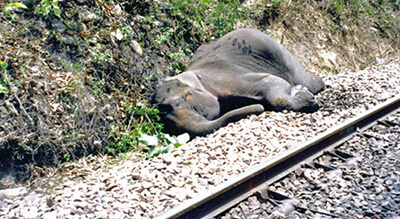
10
Not a single elephant killed by trains in Rajaji National Park for over a decade (2001-11) after a project was undertaken to stop elephant deaths in Uttarakhand, thus pioneering train hit mitigation, which is now practised countrywide by a number of agencies.

11
Played a critical role in the conservation of Chiru by running a successful public campaign that culminated in protecting the species, making shahtoosh illegal and creating an alternative model – Pashm-e-shahi with a Geographic Indication of Origin.

12
Exposed the illegal mongoose hair brush trade, lobbied and got all mongoose species protection under the WildLife (Protection) Act, 1972.
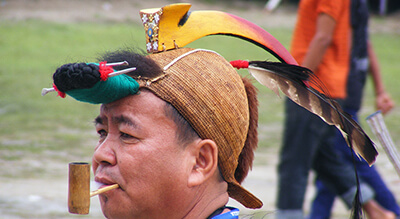
13
Persuaded the Nyishi tribe around Pakke Tiger Reserve to use fibreglass hornbill beaks in Arunachal Pradesh instead of killing four hornbill species and using their beaks to adorn their headgear.
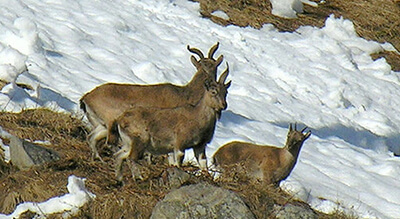
14
First comprehensive survey of the markhor (Capra falconeri), the largest goat in the world, triggers declaration of Kazinag National Park, expansion of Hirpora Wildlife Sanctuary and notification of Tatakuti Wildlife Sanctuary in Jammu and Kashmir.
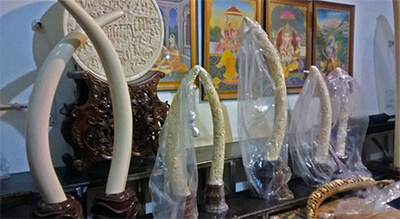
15
Played a supportive role to the Indian government in its fight against re-opening the ivory and tiger part trade at CITES, ensuring several years without ivory and tiger part trade and shutting down of global markets.
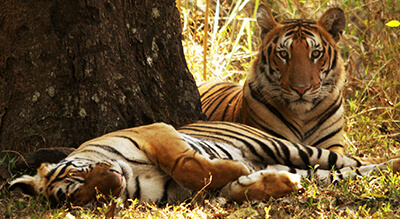
16
Played a key role in building the only global intergovernmental forum on tigers — the Global Tiger Forum.
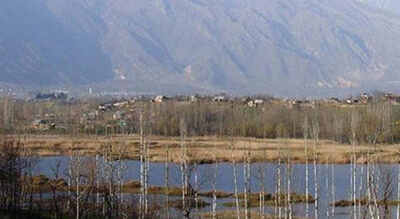
17
Assisted in expanding India’s protected area network by getting new reserves notified in Jammu and Kashmir, Tamil Nadu, Maharashtra and Assam.
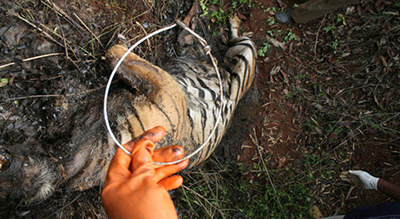
18
Highlighted snares as ‘silent killers’ of tigers, co-predators, and their prey and pioneered and demonstrated structured Anti-Snare Walks (ASW) leading to this being institutionalised nationally.
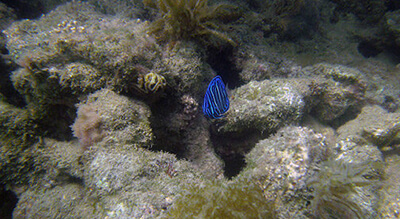
19
Conducted India’s first private-public restoration of a degraded coral reef in Mithapur in Gujarat.
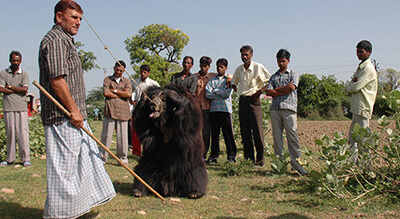
20
Enabled the eradication of the tradition of dancing bear in India through interdisciplinary efforts including rehabilitating all Kalandars.
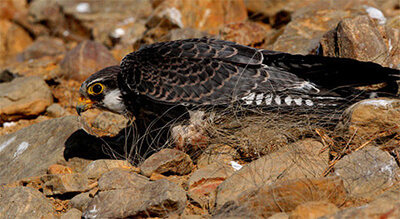
21
Played a key role in a campaign in the north-east to conserve Amur falcons, which were being hunted in the tens of thousands leading to the stopping of mass killing.
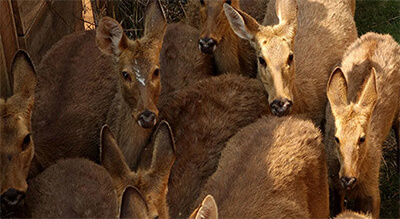
22
Successfully demonstrated the use of mass capture as a safe method for conservation translocation of eastern swamp deer in Assam.
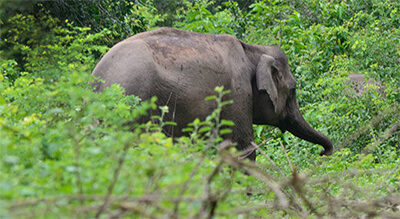
23
Worked with the Uttarakhand Forest Department to free the Chilla Motichur corridor of human habitation through voluntary relocation of Khand Gaon II and enabled secure passage for elephants and other wildlife in Rajaji Tiger Reserve.
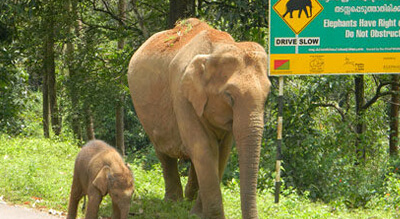
24
Acquired the vital Thirunelli Kudrekote corridor in Wayanad, Kerala, through the voluntary relocation of four villages – the first elephant corridor secured through human relocation in India – and enabled the vacated lands to be legally notified as Wildlife Sanctuary.

Institutional Partner


